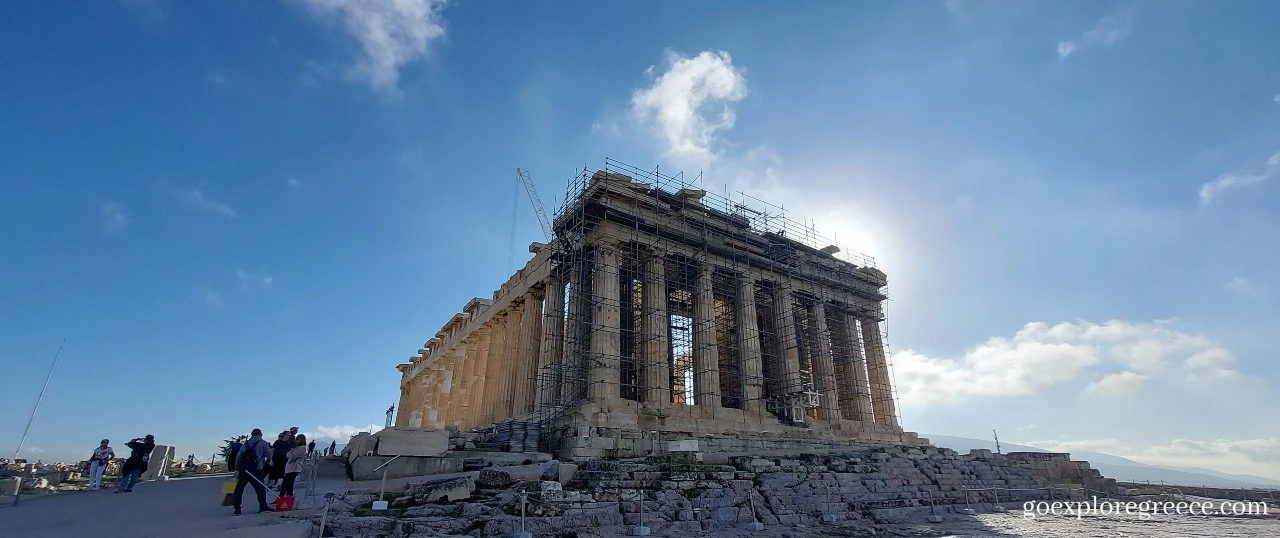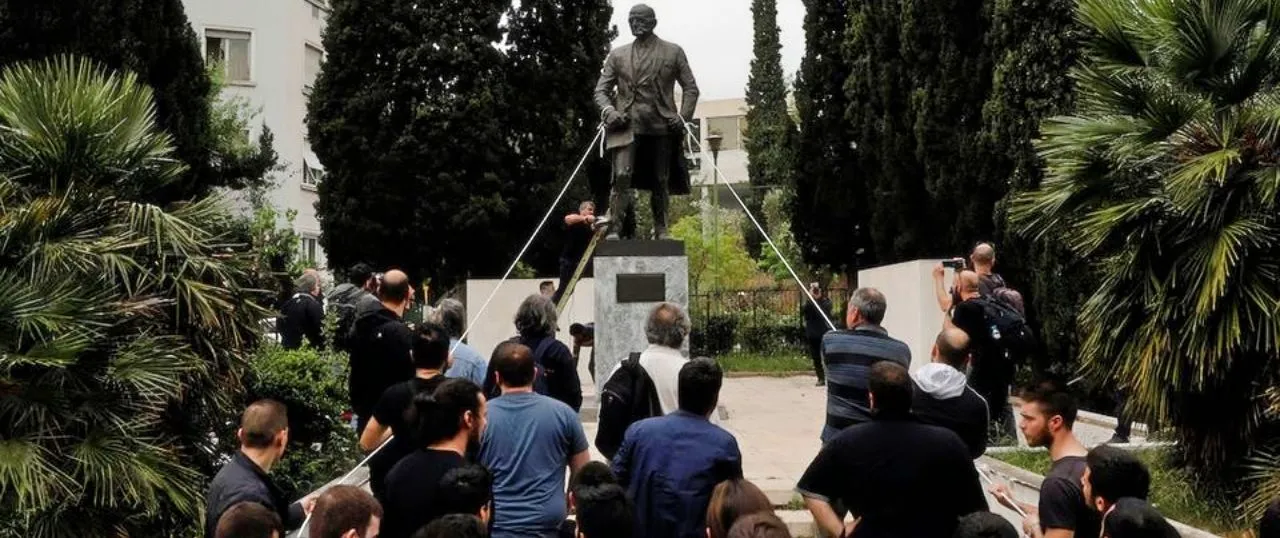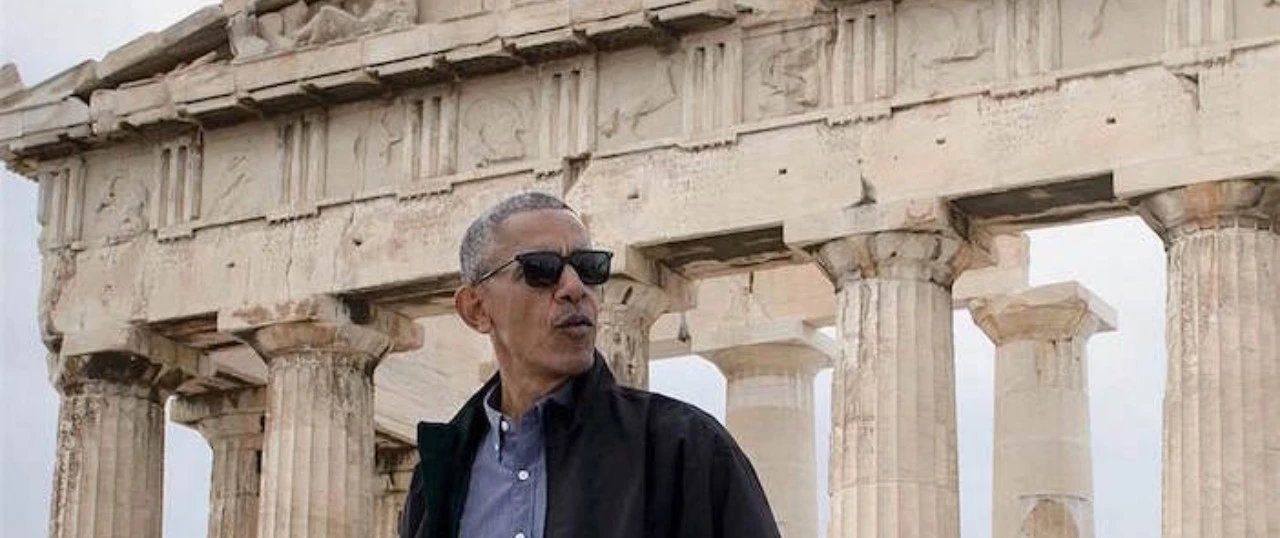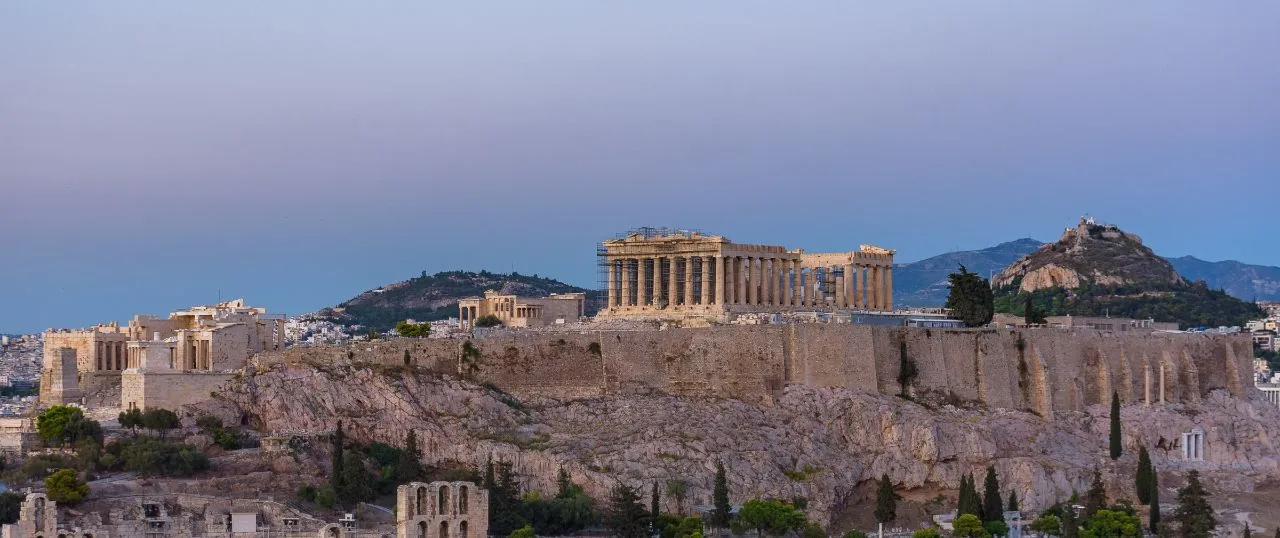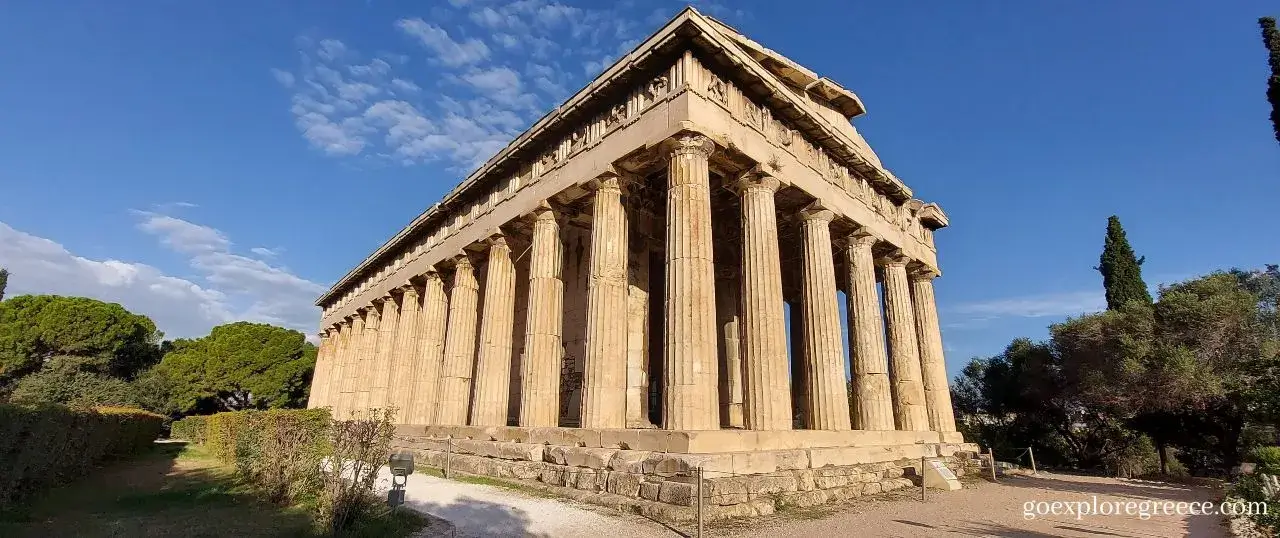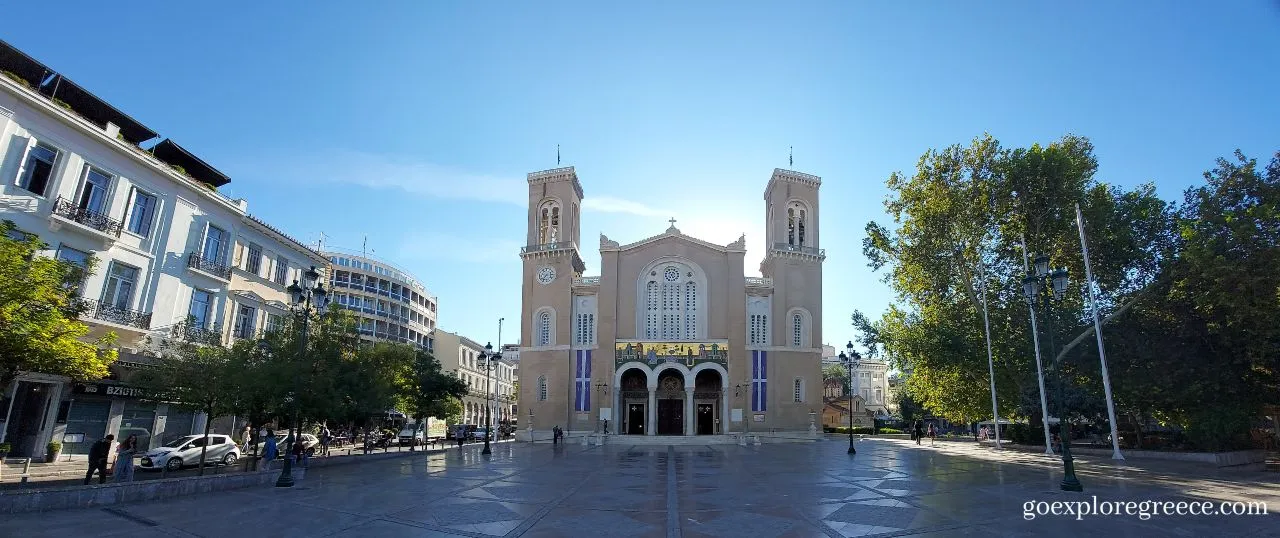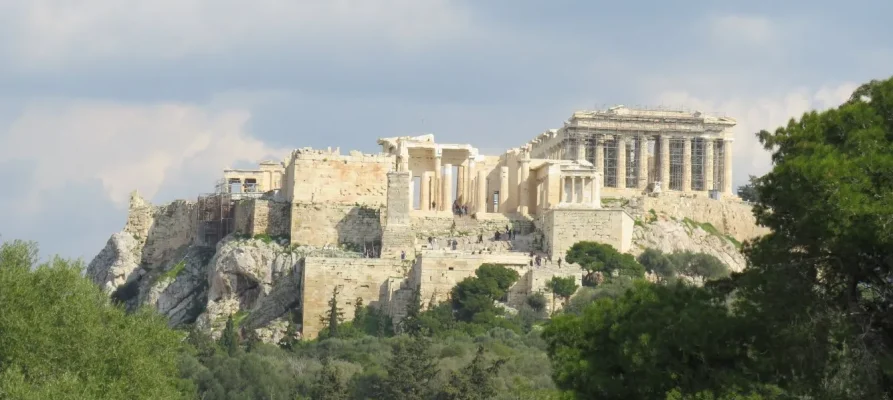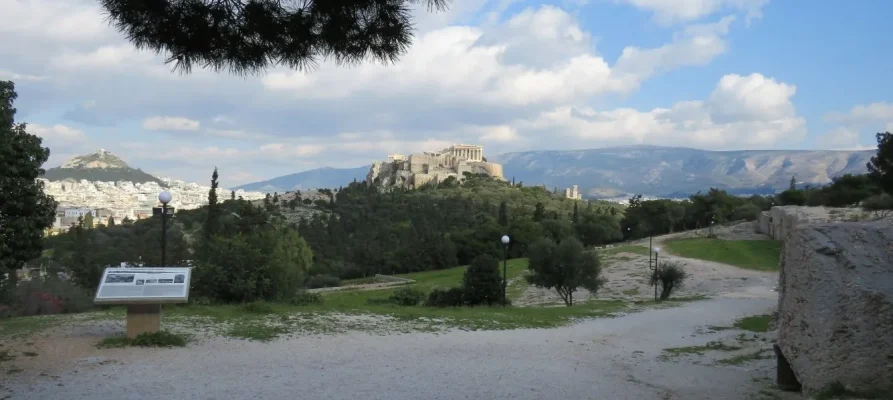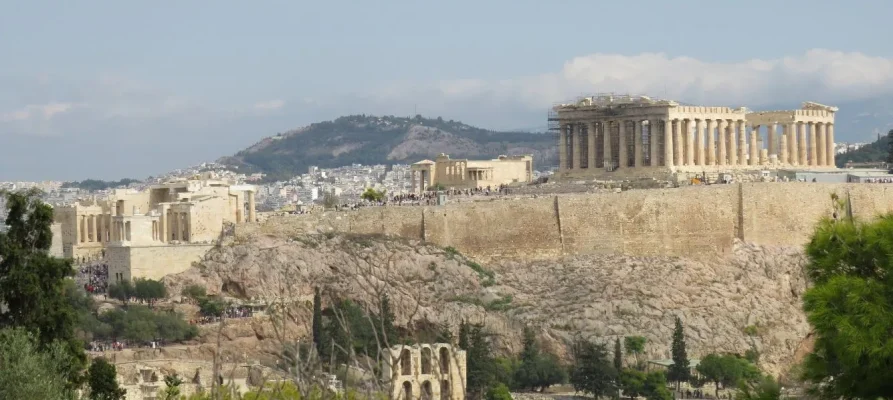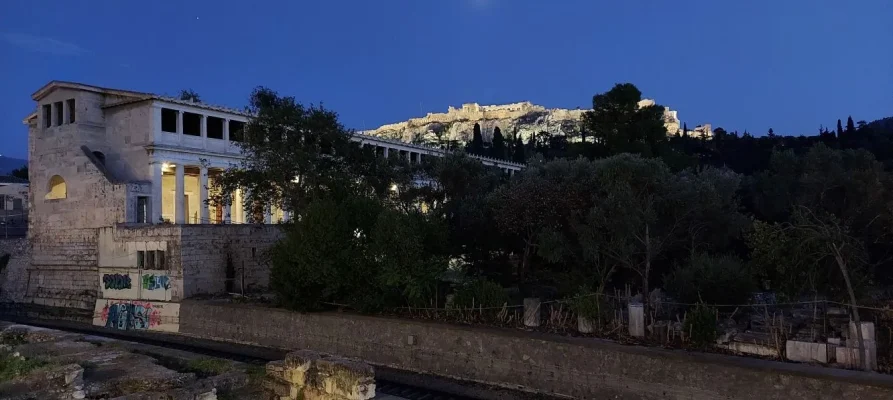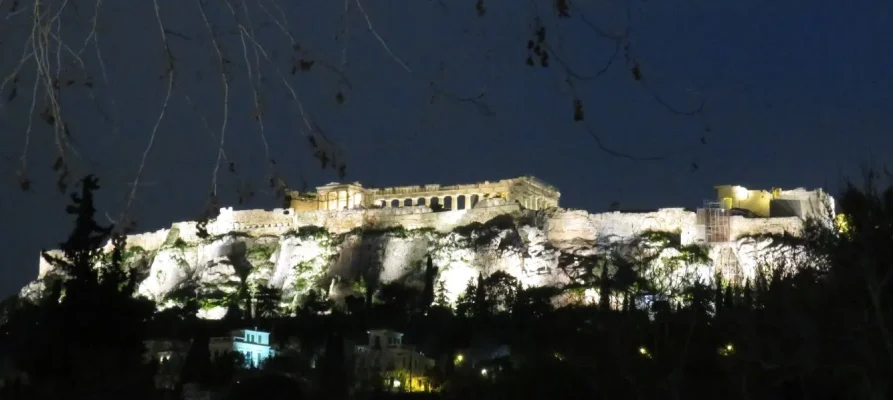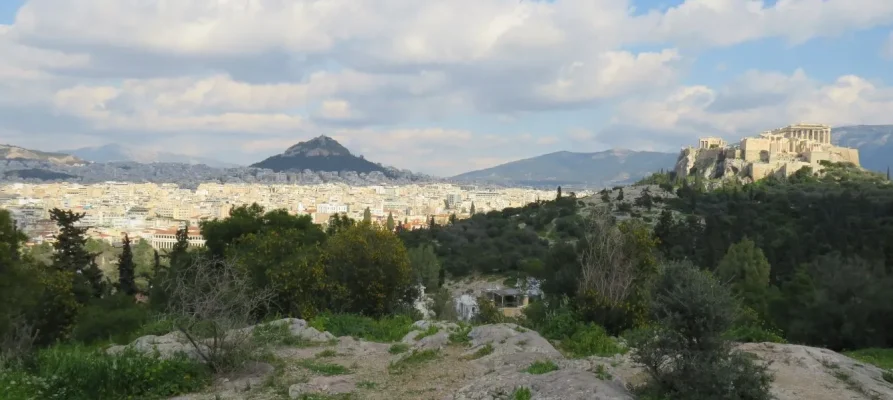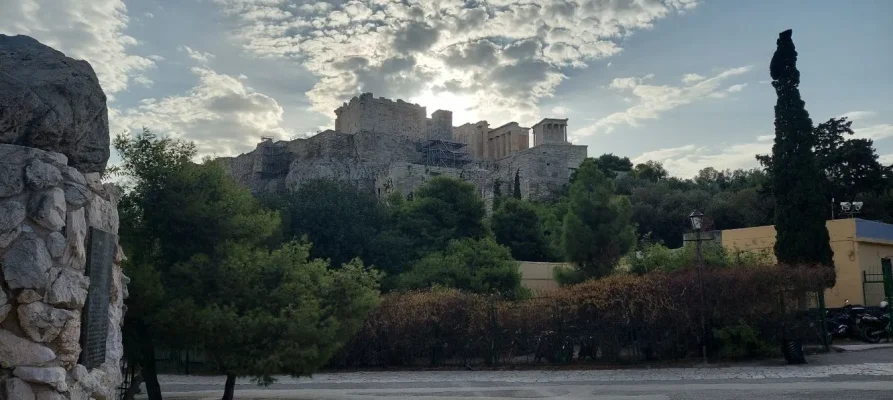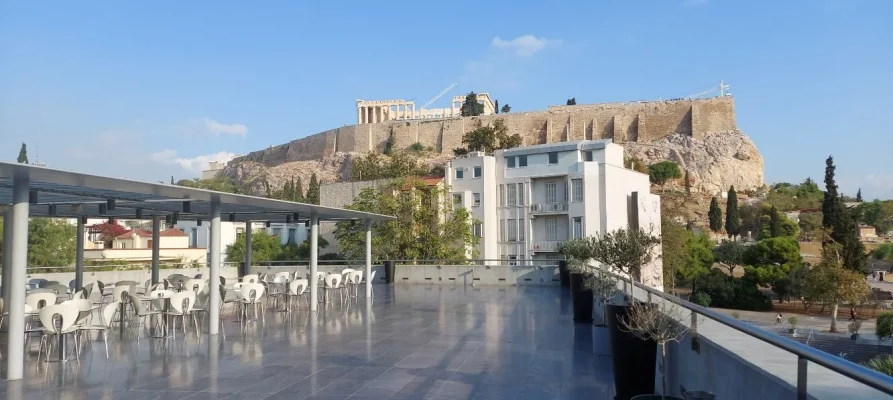Acropolis of Athens
Acropolis of Athens
Discover the Acropolis of Athens: The Jewel of Greece
If you’re plotting your next great escape to the land of olives and myths, Greece, there’s one place that demands a top spot on your bucket list: the Acropolis of Athens. Let’s dive into the story of this magnificent gem that has stood as a testament to human ingenuity, art, and culture for over two millennia.
Nestled atop a rocky hill in the heart of Athens, the Acropolis isn’t just any old cluster of ruins. Nope, it’s a dazzling showcase of Athens attractions and arguably the most iconic silhouette in Greece’s skyline. Its name, Acropolis, sort of translates to “highest point of the city”, gives away its posh location. And honestly, with views like that, can you blame the ancients for choosing the penthouse suite?
Historical tidbits? Buckle up. This awe-inspiring citadel dates back to the 5th century BCE. Now, I’m no maths whizz, but that was long ago. During the golden age of the mighty city-state of Athens, under the leadership of Pericles, the Acropolis got its much-deserved makeover.
The Athenians, ever the ambitious bunch, decided they wanted a splendid sanctuary that could do double duty – pay homage to their beloved goddess Athena and flex on other cities with their architectural genius. And boy, did they nail it.
So, what are the top things to do in Athens when you’re at the Acropolis? Let’s spill the beans:
- The Parthenon: Stand in awe before the Parthenon, the showstopper of the Acropolis. It’s the grand temple dedicated to Athena, the city’s patron deity. And hey, did you know? The Parthenon is a bit of a celebrity; some of its sculptures, known as the Elgin Marbles, currently reside in the British Museum. But that’s a story for another day.
- Erechtheion: Swerve a little, and you’ll bump into the Erechtheion, another absolute stunner. This temple, with its famous Porch of the Maidens, will leave you scratching your head wondering, “How did they build that?” It’s like the architectural equivalent of people who can touch their noses with their tongues.
- Odeon of Herodes Atticus: Fancy a bit of theatre? Then don’t miss out on the Odeon of Herodes Atticus. Back in the day, it was the go-to venue for music concerts. Today, it plays host to some fabulous events and festivals. So, consider yourself very lucky if you’re around during one of these.
- Temple of Athena Nike: This might be the smallest temple on the block, but it’s like the pocket rocket of Athens tourist attractions. It celebrates Athena Nike, the goddess of victory, and trust us, this architectural gem is a triumphant win.
Before you bounce over to this historic hotspot, remember the golden rule: don’t forget your Acropolis tickets. You wouldn’t want to climb that hill only to be turned away at the gates, right?
All in all, when you think of Greece, think of the Acropolis of Athens. As far as Athens attractions go, this one’s the crème de la crème. Imagine, within a few hours, you’ll be time-travelling through ancient civilisations, rubbing shoulders (well, metaphorically) with the great minds of yesteryears, and ticking off so many iconic sites that your travel journal will practically burst with excitement.
And there you have it – a wee guide to the spectacular Acropolis of Athens. Whether you’re a history buff, an architecture enthusiast, or just someone who enjoys a good view, the Acropolis promises a day of wonder and memories to last a lifetime. After all, there’s a reason why it’s at the pinnacle of top things to do in Athens.
Rolling Up to the Acropolis of Athens: The Accessible Edition.
Holla, travel aficionados! So, you’re gearing up to experience the glorious Acropolis of Athens but have a sneaky suspicion those ancient Athenians didn’t factor in modern accessibility needs when they put it atop a steep hill? Fear not. Here’s the low-down on accessing this ancient wonder if you live a mobility-challenged or differently-abled life.
Let’s chat about the spectacular sneak peeks you get before reaching the zenith, especially if you’re jazzing it up on wheels or might find the conventional route a bit of a kerfuffle.
1. Theatre of Dionysus: As you kick off your ascent, this theatrical beauty is one of the first ancient pit stops you’ll roll by. Now, if theatres had royalty, this would be the king. It’s like the West End of ancient Greece. For those on wheels, there’s a pathway that gives you a view of where theatre itself took baby steps. Even if you’re not up for a play, you might be up for a bit of drama – just imagine the ancient equivalent of a soap opera happening right there.
2. Odeon of Herodes Atticus: Not far from its dramatic cousin, this stone amphitheatre is still a hub for events today. The accessible route offers glimpses of its grandeur. Who needs Spotify when you can imagine the ancient chart-toppers being belted out here?
3. Erechtheion: As you progress, there’s a bit where modern pathways come close to this temple with a split personality. On one side, the famed Porch of the Maidens. They’ve been standing there for millennia, and they’ve seen it all. Don’t be surprised if one of them gives you a cheeky wink – okay, maybe they won’t, but it’s fun to imagine, right?
4. Temple of Athena Nike: This compact temple might be small, but for those who fancy a breather, it offers a splendid view and a moment to feel victorious before reaching the peak.
Accessibility Tip: The route to the top is dotted with spots that offer wheelchair users and those with mobility issues a chance to view these ancient wonders. While you might not get up close and personal with every nook and cranny, modern enhancements ensure you won’t miss out on the Acropolis’ big hitters.
Lastly, remember that it’s not just about the destination; the ascent has its own tales to tell. With every roll and stroll, you’re travelling back in time, encountering stories etched in stone.
The Lift
The star player in our accessible Athens story is, hands down, the lift (elevator). Nestled on the northwest side of the hill, this lift is designed for visitors with disabilities. It’s like the VIP backstage pass to the Acropolis – minus the groupies and pyrotechnics, of course. It whizzes you up in no time, ensuring you can marvel at the Parthenon without breaking a sweat or, more crucially, facing challenging slopes.
Pathways
Once you’re up there, you’ll find that several main pathways are smoothed out, making it easier for wheelchairs and folks who might find the irregular terrain a bit pesky. It’s not exactly the smooth finish of a bowling alley (remember, we’re still dealing with ancient stones here), but it’s a vast improvement from days of yore.
Toilet Talk
Let’s get real; even history buffs need to answer nature’s call. For those with disabilities, there’s a specifically designed WC at the entrance of the archaeological site. It’s the ancient world meeting modern needs in the best possible way.
Visual and Hearing Impairments
For the visually and hearing impaired globetrotters, Greece has been working on enhancing the experience with tactile site maps and guided tours equipped with induction loops.
Travel Tip
While the ancient structures are fabulous, they weren’t built with contemporary accessibility standards in mind. Some areas may still be tricky to navigate for those with mobility issues. It’s a bit like expecting a fish to ride a bicycle – splendid in theory but dicey in practice. If you’re unsure about a specific spot, don’t hesitate to ask the site staff; they’re typically helpful and eager to assist.
In the grand tapestry of Athens tourist experiences, the Acropolis stands tall (literally and figuratively). Thanks to modern efforts, it’s opening its doors wider than ever before, ensuring travellers from all walks of life can bask in its historical splendour. So, whether you roll, stroll, or saunter, the Acropolis of Athens awaits with stories of ages past and unparalleled beauty. Happy trails, and may your Athenian adventure be as smooth as a well-set Greek yoghurt.

